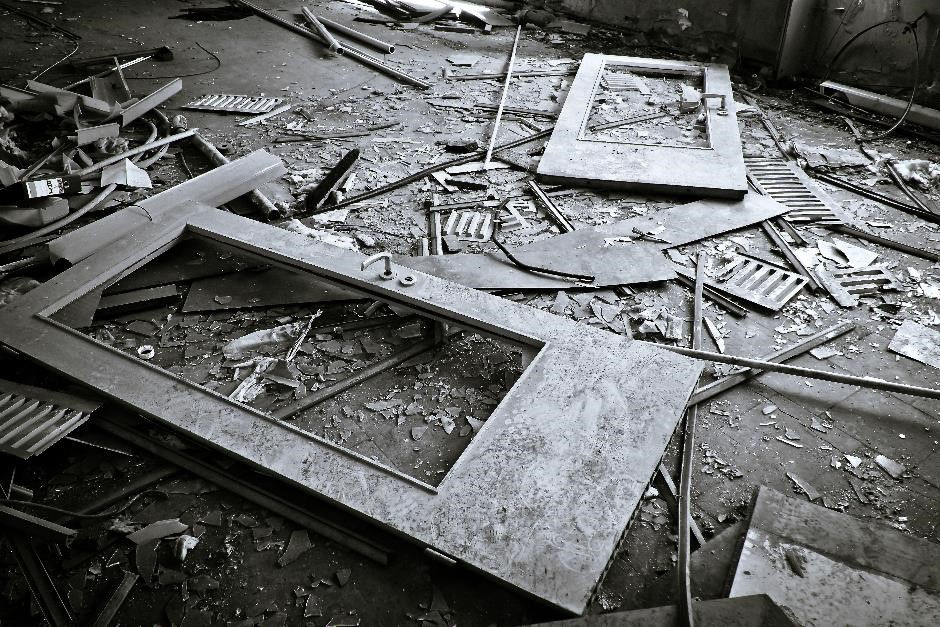Tax Treatment of Insurance Proceeds
- Bryan Crawford

- Mar 6, 2018
- 2 min read
Updated: Jun 15, 2020

The loss or destruction of a property can cause significant disruption to any business and with a little understanding and planning the tax treatment of any insurance proceeds need not add to the burden.
A sum received under a policy insuring a fixed asset (i.e. building) against damage or loss will normally be treated as a capital receipt. However, how this receipt interacts with the capital allowances system is often misunderstood.
Where the business has made a claim for capital allowances such as Business Premises Renovation Allowances, Research & Development Allowances or Plant & Machinery Allowances they should be prepared to bring a disposal value into account reflective of the insurance proceeds and qualifying amounts claimed.
This is designed to ensure that businesses are not compensated twice (through the tax system) for the same expenditure and it is therefore very important that businesses keep accurate records of the individual claims made in each of the properties it owns. The amount of any disposal value cannot exceed the original amounts claimed and a failure to correctly match these amounts can lead to higher or unsuspecting tax bills.
Older properties that benefited from claims on Industrial Building Allowances or Hotel Building Allowances should find, in most cases, that the requirement to reflect any insurance proceeds was removed in Finance Act 2007 s36(1) shortly before these reliefs were phased out and finally abolished in April 2011.
For expenditure after 1 or 6 April 2014 (corporation or income tax purposes) where a claim for Business Premises Renovation Allowance has been made, no balancing adjustment is made if the balancing event occurs more than 5 years (previously 7 years) after the time when the premises were first used, or suitable for letting.
Where a deduction has already been made (e.g. for emergency or minor repairs) and the trader recovers a capital sum under an insurance policy or indemnity contract in respect of the loss or expense for which the deduction had been made, the capital sum must be included as a receipt in calculating the taxable profits of the trade (but only up to the amount of the deduction).
When the business rebuilds the asset, it should be entitled to make a fresh claim for capital allowances on the qualifying items within the full cost of the work involved (i.e. ignoring any insurance monies received). This is because the general rule to reduce qualifying expenditure met by another party is specifically disregarded by the capital allowances legislation for insurance and other compensation monies.
If you would like further details on this or any aspect of our services, please do not hesitate to get in touch.


